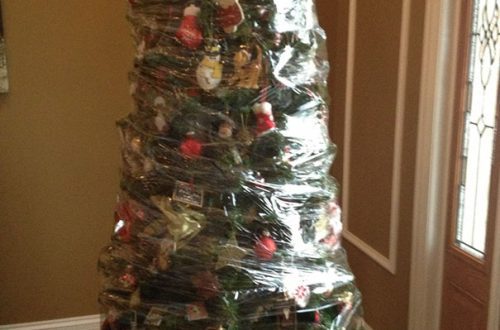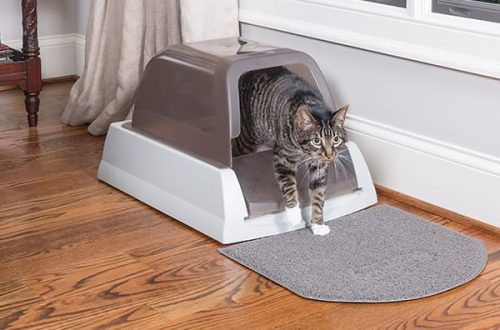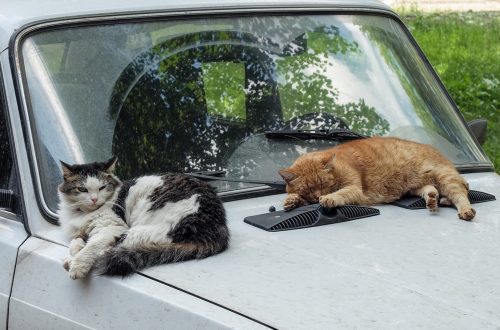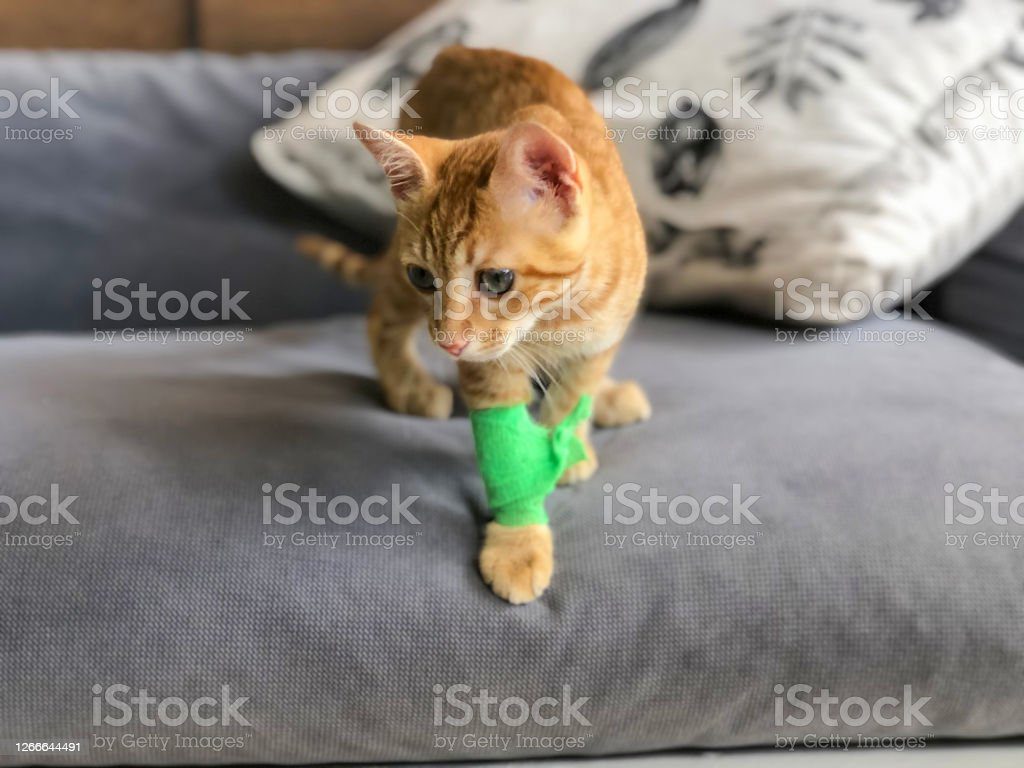
Bandage for a cat
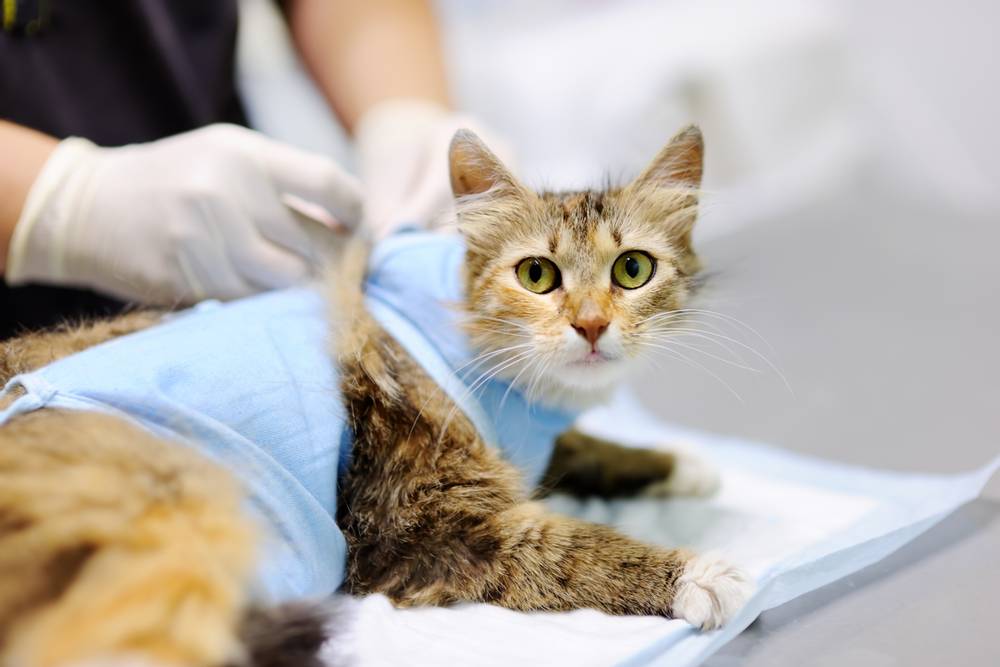
A blanket or bandage, as it is also called, protects the wound from mechanical damage and inflammation. The medical fabric prevents dirt, harmful bacteria and microbes from entering the damaged area of the pet’s body, besides, the bandage does not allow the animal to lick or comb the wound, thereby contributing to its calm healing.
How to choose a bandage for a cat?
The speed of wound healing largely depends on the correct choice of blankets. In order to facilitate the recovery of the cat, it is necessary to check that the bandage meets the basic requirements:
It must be of good quality. This means that the blanket must, firstly, have even, neat and strong seams so that the cat does not tear it; secondly, the material must be natural so that the pet’s skin breathes and the wound is ventilated.
The postoperative bandage for the cat must be of the appropriate size. To do this, you need to take measurements from the pet (chest girth and body length from neck to tail) and, focusing on them, pick up a blanket. It should not hamper the movements of the cat, squeeze it, but it should not hang out either.
The color of the protective blanket should be solid and without bright patterns. On a light fabric, it is easier to notice the wetting of the wound and contamination and promptly change it.
A bandage for a cat must be sold in a closed transparent package. So you can make sure of its sterility and integrity. In the veterinary clinic, the doctor must, in your presence, take the blanket out of the package.
The main rule for choosing a bandage is that the cat should be comfortable and safe in it.
Sometimes animals, recovering from surgery, will try to remove it – do not let them do this. If the bandage was chosen correctly, then the pet will quickly get used to it.
What do you need to know?
Before putting on a blanket on a pet weakened after the procedure, it is worth practicing. For practice, a toy similar in size or another, calm and patient pet is suitable. So you will learn how to quickly and accurately “swaddle” a cat, which in the future will facilitate this procedure and will not aggravate the condition of the convalescent;
During healing, you can not leave the wound uncovered, as the pet can touch it at any time, infect it. Therefore, it is necessary to have two bandages that can be changed as needed;
If the wound is close to the tail, it is important to ensure that the blanket does not get wet while urinating. Dirty and wet cloth should never be left on the wound. For this reason, a bandage for a cat after sterilization requires increased attention;
If additional wound treatment is necessary, it is not necessary to remove the entire blanket. It is enough to untie it next to the desired area of uXNUMXbuXNUMXbthe body and bend the fabric. After the operation, the cat becomes more sensitive, sometimes it can become aggressive; without touching the entire bandage, you are less worried about the animal;
Leaving a pet alone while wearing a postoperative bandage is not recommended, as the cat can catch on a protruding object with a tie. And when you try to unhook, it can jerk sharply and damage the wound.
Postoperative bandage is prescribed by veterinarians after almost any type of surgery. However, do not forget that for all its advantages, it will be difficult for a pet who is not accustomed to clothes to be in fabric all the time. In order to alleviate the fate of the cat, you can try to distract her with motionless games, surround her with care and affection.
14 May 2018
Updated: 28 May 2018



